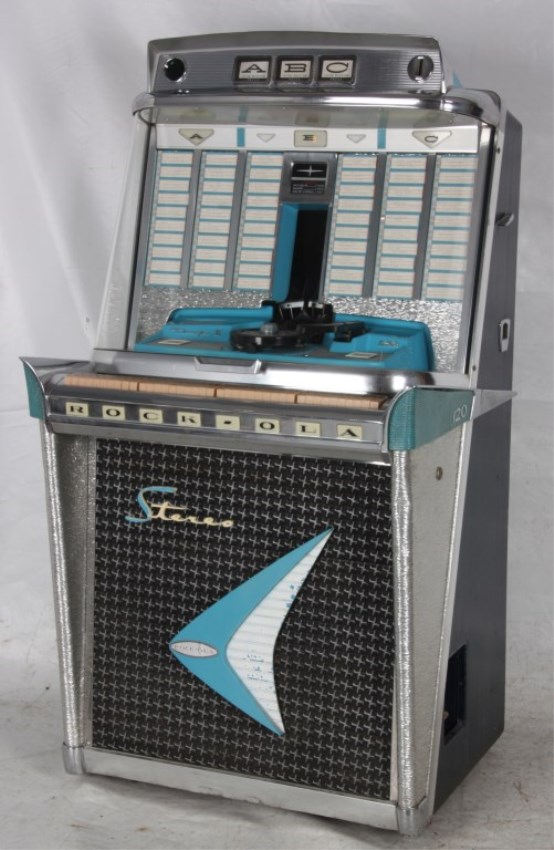
The 60s Official Site
"Where Music is Our Middle Name"
Quick Links
Your Daily Oldies Fix Top Ten Countdown Solid Gold Memories Jukebox Music
Vibration of a Nation Remember When Television of the 50s and 60s 60s Slang
Things You Just Don't Hear Anymore 60s TV Commercials Chickenman Episodes Woodstock This Weeks Number One Hits
The Early Years of Rock and Roll Vietnam War Myths
All the content menu is listed on the left menu border bar
Mighty Mouse
Mighty Mouse is an American animated anthropomorphic, superhero mouse character created by the Terrytoons studio for 20th Century Fox. The character first appeared in 1942 (originally named Super Mouse) and subsequently in 80 theatrical films between 1942 and 1961. These films appeared on American television from 1955 through 1967, Saturday mornings on the CBS television network. The character was twice revived, by Filmation Studios in 1979 and in 1987 by animation director Ralph Bakshi, who had worked at the Terrytoons studio during his early career. Mighty Mouse has also appeared in comics and other media. The character was conceived originally by Paul Terry. Created as a parody of Superman, he first appeared in 1942 in a theatrical animated short titled The Mouse of Tomorrow. Originally named Super Mouse, after seven films in 1942–43, he was renamed Mighty Mouse for The Wreck of the Hesperus (1944), after Paul Terry learned that another character named "Super Mouse" was to be published by Standard Comics. Beginning in 1945, some Mighty Mouse episodes had operatic dialogue, and he was drawn slightly differently. Both changes attempted to take advantage of the growing popularity of singer and actor Mario Lanza, beginning with Mighty Mouse and The Pirates.[citation needed] Others included Gypsy Life and The Crackpot King. Mighty Mouse's adventures later focused on Pearl Pureheart and Oil Can Harry; the dialogue in these episodes were always sung by the characters. Mighty Mouse was first drawn wearing a blue costume with red trunks and cape, similar to Superman. Later, this outfit was changed to a yellow costume with red trunks and cape; in various theatrical shorts, those colors were reversed.[3] Roy Halee, Sr. was the first actor to provide the voice of Mighty Mouse,[4] a role later filled by voice actors Tom Morrison[5] and Allen Swift.[6] In The New Adventures of Mighty Mouse and Heckle and Jeckle, Lou Scheimer provided the voice, and during the run of Mighty Mouse, the New Adventures, Mighty Mouse was voiced by Patrick Pinney. Mighty Mouse's superpowers included flight, super strength, and invulnerability. In some films he used X-ray vision and psychokinesis. He was also able to turn back time in The Johnstown Flood. Other cartoons showed him leaving a red contrail during flight that he manipulated like a band of solid, flexible matter, for example in Krakatoa. Mighty Mouse featured two recurring female leads. In the cartoon
shorts, she was a mouse named Pearl Pureheart. In the comics in the 1950s and 1960s, the female lead was named
Mitzi. His recurring arch-enemy is a villain cat named Oil Can Harry, who originated as a human in earlier
Terrytoons as the enemy of Fanny Zilch. Mighty Mouse cartoons spoofed the cliffhanger serials of silent films as well as the classic operettas of stage still popular at the time. The characters often sing mock opera arias (e.g., Pearl: "Oil Can
Harry, you're a villain!"; Oil Can Harry: "I know it, but it's a lot of fun..."). Mighty Mouse sings tenor,
Pearl soprano, Oil Can Harry bass-baritone. Mighty Mouse is also famous for singing "Here I come to save the
day!" when flying into action. The early Mighty Mouse cartoons often portray Mighty Mouse as a ruthless
fighter. One of his most frequent tactics is to fly under an enemy's chin and let loose a volley of blows,
subduing the opponent through sheer physical punishment. While his typical opponents are nondescript cats, Mighty Mouse occasionally battles specific villains, though most appear in only one or two films. Several of the earliest "Super Mouse" films (having been made during World War II), feature the cats as thinly veiled caricatures of the Nazis, hunting down mice and marching them into concentration camp-like traps to what would otherwise be their doom. The Bat-cats, alien cats with bat wings and wheels for feet, appeared in two cartoons; in two others between 1949 and 1950 he faces a huge, dim-witted, but super-strong cat named Julius "Pinhead" Schlabotka (voiced by Dayton Allen) whose strength rivals Mighty Mouse's. In rare moments, he confronts non-feline adversaries such as human bad guy Bad Bill Bunion and his horse, or the Automatic Mouse Trap, a brontosaur-shaped robotic monster. In The Green Line (1944), the cats and the mice live on either side of a green dividing line down the middle of their town's main street. They agree to keep the peace as long as no one crosses it. An evil entity, a Satan cat, starts the cats and mice fighting. At the end, Mighty Mouse is cheered by mice and cats alike. |
|




